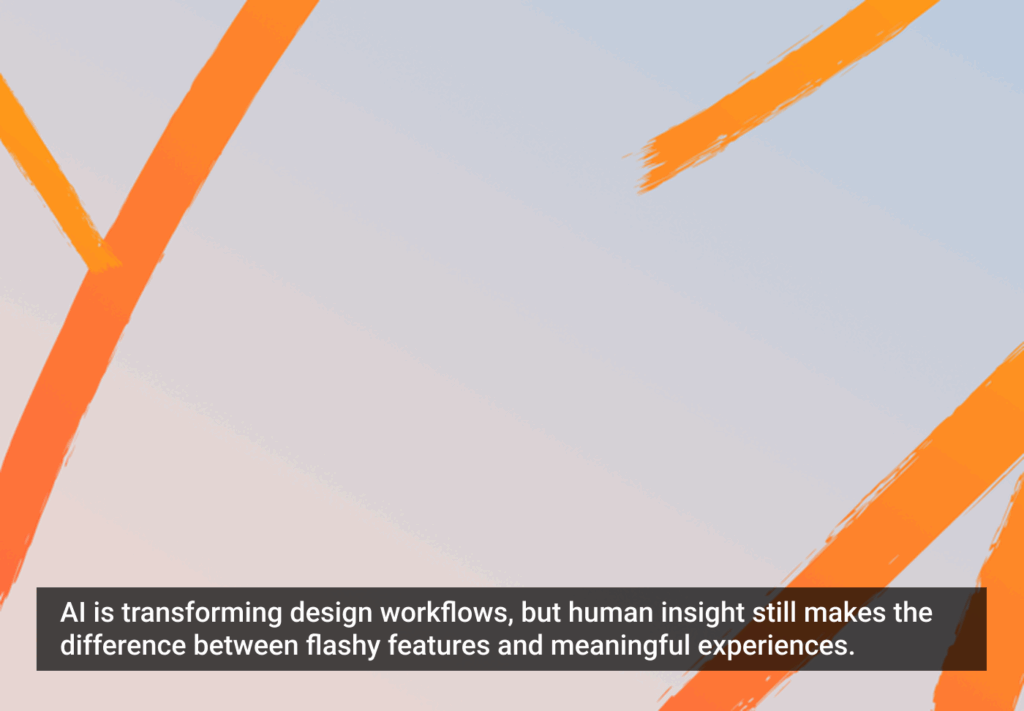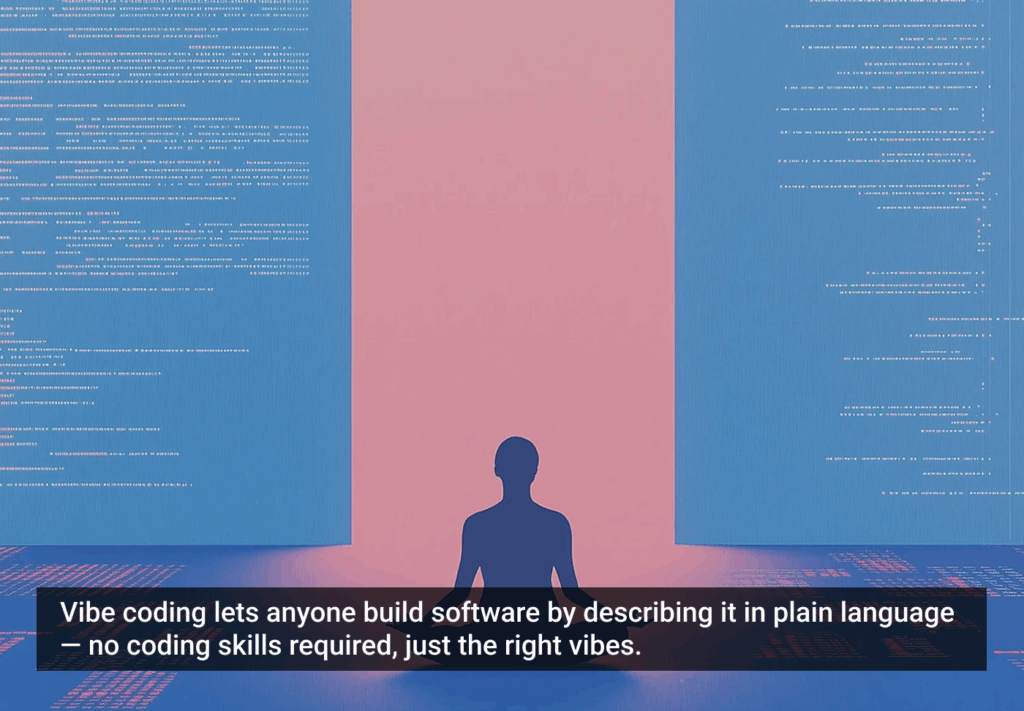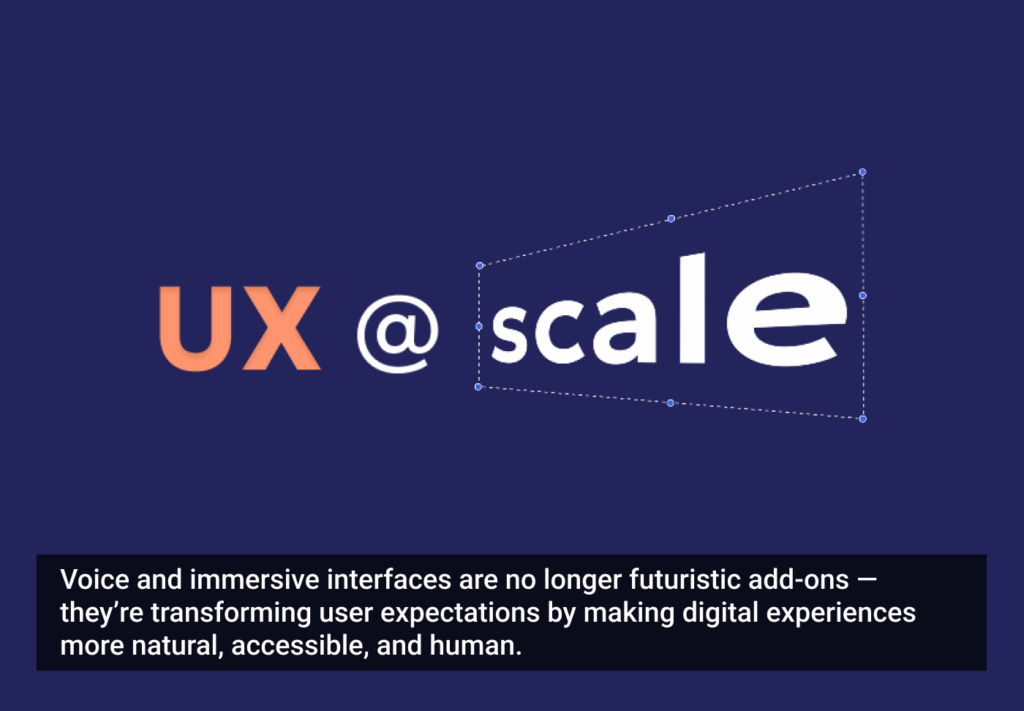The consumerization of IT is a notion that gets tossed around in technology conversations a lot these days, touching on everything from security to mobile-enabled workers.
Interestingly, the idea isn’t commonly found in discussions surrounding enterprise technology and user experience, but it should be.
Originally, the consumerization of IT trend was viewed as the way that consumers brought personal technology with them to their professional lives, and introduced it to the enterprise environment.
This has now expended into the way that consumers expect software to operate in their professional world. They are used to the sleek, easy-to-use UX of apps such as Evernote or Instagram, and want their enterprise software to provide them with the same experience.
Very rapidly the consumerization of IT has fundamentally changed expectations for the user experience of enterprise software. For instance, Google Docs has challenged a world once dominated by Microsoft Office, which has in turn had to respond with its own web-based solution. The result is that IT departments are no longer the gatekeepers of enterprise software solutions.
The availability of Web-based apps has empowered the average employee to work around IT and find his or her own solutions, whether that’s good for the enterprise or not. This presents a problem for IT departments, which need workers to use approved software that is in line with company security and information policies, so they can avoid data leakage and compliance violations. This also represents a huge challenge for UX designers of enterprise software.
A New Challenge Requires a New Approach
There is a need to bridge the disparate experiences of IT administrators and end users, so that IT doesn’t have to contend with employees circumventing their implemented software solutions, which are often in place to secure intellectual property and other company assets. IT managers have been traditionally concerned with the features of a solution. They select software based on its ability to accomplish specific functions on a periodic basis, such as running reports, removing or adding authenticated users, and keeping data storage in one particular region for compliance reasons. Their use of the technology is more often than not an ad hoc experience, rather than an experience that pervades day-to-day activities.
The end user experience of software is not features-based, it is workflow-based. Employees are sharing files, collaborating on teams, editing content, and getting their hands dirty with software on a daily basis. Their activities are action-oriented. They are less concerned with the behind-the-scenes functionality, and more concerned with whether or not the software solution is helping them be more productive throughout the day.
The challenge for IT is to take off its features hat, and think about the end user.
Often, the feature-based experiences that IT departments prefer are not intuitive enough to create simple employee workflows. This causes no end of frustration for the end user, and drives them to find work-arounds to the enterprise software commonly provided by corporate IT departments.
On top of the challenge of marrying the different needs of IT and end users, designing UX for enterprise software comes with an extra layer of difficulty. Unlike startups that are often creating software to test concepts with users, enterprise technologies can’t be built from scratch, or based on a theory. Enterprise software is continuously built upon to meet the expanding need of an established customer base. Enterprise UX designers must work within the constraints of past software versions while trying to make sure the multitudes of end-users are happy and all of IT’s feature-based requirements are met.
Ultimately, companies need IT administrators to make decisions on which software solutions to use, and now they must find those that provide an efficient employee workflow alongside their functionality requirements. The challenge for IT is to take off its features hat, and think about the end user, which, if done correctly, can make or break the design of an enterprise solution.
Imperfect Methods
There are some imperfect UX methods out there, as designers keep trying to blend the needs of IT and end-user. One is to have two “doors” to the software, one for IT and one for employees, so that each can independently operate the solution for their own needs. However, this is only a viable option if the experiences are truly separate, which is often not the case.
The second option is to have one experience for both kinds of users, which is noble and elegant in theory, but horribly flawed in reality. Implementing IT protocols with user workflow tends to overload the employee, and the software loses any simplicity it might have had.
Creating a Bridge Between Two Experiences
The UX method that many companies are working to perfect, including Accellion, where I am Director of Product Experience, is that of the bridge. Beneath an elegant exterior that allows for simple workflows are depths of features, so that IT can revel in all of the dials and levers they dream of, while users have clean, sleek navigation and intuitive workflow processes. Unlike a “door,” the concept of a bridge is to make the experience similar for both end-users and IT departments, while providing a way for administrators to dig deeper and bridge the experience with their security needs.
For example, an administrator might be able to manage users directly from within the end user interface, and also click a link that takes them directly to the user management area of administration. The administrator doesn’t have to remember to go to a different site, login, find the user management area and then search for the users, making it more task-based than feature-based. With this style of UX, the average worker can access administrative features—i.e. change their email or profile picture if they need—and those features exist under the easy-to-use surface layer. This way IT administrators have all the features they need, without getting in the way of employees’ daily workflows.
So how can enterprise software designers create this bridge in their own work? The key is to think about enterprise solutions through a new lens, and ask the following questions before creating a new feature or workflow:
- Are there actually two unique classes of users (employees and IT)?
- What is going to be accomplished in this environment? How can it be made easy and intuitive? Build out against use cases, not features, to simplify the top level.
- What are the things that employees and IT are trying to get done? Does this new feature or workflow belong behind the bridge or should it be front and center? Be judicious.
Accellion uses the above framework to build bridges into our own products. We recently completed an admin redesign that uses these concepts both within the administrator experience and as a way to switch between end-user and admin interfaces. It’s part of a larger product road map we are implementing for the company’s solutions.
Conclusion
In today’s digitally savvy world, end users are making more and more decisions about what they want to get out of software solutions and how they want to experience those solutions. By keeping this in mind, UX teams can be the heroes of their own organizations—building tech experiences that both IT teams and end-users love to use.
Image of Florentine bridge courtesy Shutterstock.







